As the world becomes more unpredictable, with natural disasters, economic downturns, and social upheaval becoming more regular, the need for readiness has never been greater. For many Americans, particularly those over 30, who have seen their fair share of insecurity, survival has evolved from a mere interest to a vital skill set. One of the most important parts of survival is first aid. When the unimaginable occurs and professional medical assistance is unavailable, your skill to provide first aid could be the difference between life and death. This post will walk you through the essential first-aid skills you must learn before SHTF.
Mastering First Aid Knowledge
The cornerstone of any survival plan is first aid. When an emergency occurs, it serves as the first line of defense, particularly when professional medical assistance is not accessible. Treating a little cut or scrape is only one aspect of first aid; another is knowing how to evaluate and handle a variety of medical problems. In any high-stakes survival situation, this information is essential.
The fundamentals of first aid include how to evaluate a situation, give quick attention, and stop additional damage. Assessing a situation entails figuring out the best plan of action as well as swiftly assessing the severity of a sickness or damage. Providing CPR or halting serious bleeding are examples of immediate treatment. Lastly, stopping additional damage entails taking steps like bandaging wounds to stop infection or immobilizing an injury to stop future damage.
However, in a true SHTF scenario, your first aid expertise should go beyond the fundamentals. You must be prepared for situations in which medical resources are short, you may have to improvise, and the injuries you are dealing with may be far more severe than anything you have seen in ordinary life.
Going Beyond Basic First Aid
Survival first aid necessitates a deeper, more sophisticated skill set than the basic first aid we learn in everyday life. In a survival situation, you may be dealing with significantly more serious injuries, and you may frequently have to treat them in less-than-ideal conditions.
Consider the treatment of wounds. When treating a wound in a controlled setting, measures may include washing the area with an antibiotic, bandaging it with sterile material, and, if necessary, seeking expert medical assistance. On the other hand, sterile bandages and antiseptics could not be available in a survival situation. You’ll need to know how to clean wounds using whatever materials you have on hand, like alcohol or even boiling water, and how to bandage them using homemade supplies like clean cloth.
Furthermore, survival circumstances frequently result in injuries that necessitate more specialized care, such as fractures, major lacerations, and even gunshot wounds. These injuries are more than just uncomfortable; they can be fatal if not handled appropriately. It is vital to understand how to splint a fracture, suture a cut, and control serious bleeding without the assistance of a professional medical team.
Managing chronic illnesses in the absence of contemporary medical care is another use for survival skills. You’ll need to know how to take care of chronic illnesses like diabetes, asthma, or heart disease when regular medications aren’t accessible if you or someone in your group has one of these ailments. Using natural remedies, dietary changes, or seeking complementary therapies that can assist manage chronic issues without the need of medicines may all be part of this.
Preparation – Medical Readiness
Preparing for a SHTF scenario entails more than simply having the necessary supplies; it also entails being medically prepared for whatever may arise. This includes assembling a full medical kit, knowing how to use it, and arranging for long-term medical care in the event that the crisis persists.
First, determine what medical care you and your family require. Do you or any members of your family suffer from long-term illnesses that need continuous care? Do you live with small children, the elderly, or anyone else who need particular medical care? Knowing these requirements will enable you to prioritize the items and abilities that are most important.
It’s time to assemble your medical kit after you’ve evaluated your needs. While bandages, antiseptics, and painkillers may be included in a basic first aid kit, a kit intended for a SHTF situation should contain more sophisticated supplies like tourniquets, sutures, antibiotics, and prescription drugs that are essential to your health. Make sure you know how to use instruments like syringes, tweezers, and scalpels before adding them to your kit.
In addition to putting together your medical kit, you should understand and practice any medical procedures you may need to conduct. This entails practicing skills such as wound care, suturing, and delivering injections. If possible, consider completing an advanced first aid or wilderness medical course to expand your knowledge and skills. The more you know, the better equipped you will be when a crisis strikes.
Lastly, long-term medical care planning is a component of SHTF preparation. It could take some time to treat several wounds or illnesses during a protracted crisis. This means you’ll have to be frugal with your supplies, figuring out methods to stretch them and making do with what you have when needed. When conventional sources of medicine become unavailable, you might also need to learn how to cultivate or gather medical plants in order to augment your supply.
Emergency Care
In an emergency, every second is critical. Whether you’re dealing with a serious injury, a sudden illness, or a mass casualty catastrophe, your ability to give quick care can mean the difference. Emergency care is more than just reacting swiftly; it’s about understanding exactly what to do in those vital seconds to keep a bad situation from worsening.

The capacity to manage excessive bleeding is among the most crucial abilities in emergency medicine. Severe bleeding is frequently the primary cause of death following trauma, yet it’s also one of the most avoidable. Until more sophisticated care is available, someone can be kept alive by knowing how to apply a tourniquet, pack a wound, or apply direct pressure to stop the bleeding.
CPR is another necessary skill in emergency situations. In circumstances of cardiac arrest, drowning, or asphyxia, CPR can be the difference between life and death. While many people are aware with CPR, it is crucial to practice on a regular basis to ensure that you can execute it efficiently under pressure.
Another essential part of emergency care is controlling breathing and airways. This could be giving rescue breaths to someone who has stopped breathing or using the Heimlich maneuver to clear an obstruction. These abilities are especially crucial in survival situations where respiratory emergencies are more common, like in a natural disaster where drowning or smoke inhalation are risks.
Lastly, shock management is a part of emergency care. After a serious accident, blood loss, or an intense allergic reaction, shock is a potentially fatal condition. Understanding the symptoms of shock, which include pale, clammy skin, a fast heartbeat, and shallow breathing, can help save lives by halting the progression of the illness.
Basic First Aid
While survival scenarios can include serious injuries, it’s equally critical to be prepared to heal minor ailments. Even minor illnesses or injuries in a SHTF scenario might become serious if not addressed appropriately.
For instance, cuts and scrapes are frequent injuries that, if improperly cleaned and wrapped, may develop infections. It can be very important to know how to prevent illness with non-chemical means, like honey, in situations when clean water and antiseptics are hard to come by.
Another common injury that can worsen if left untreated is burns. It’s critical to know how to relieve burn pain, stop infection, and encourage recovery. In an emergency, you may have to make do with whatever supplies you have on hand. For example, you may need to cover the burn with a clean cloth to prevent infection or use cool, clean water to cool it.
Another common issue is allergic responses, which can be fatal if not treated properly. This encompasses both modest allergic reactions, such as hives or itching, and more serious events, such as anaphylaxis. Knowing how to spot the symptoms of an allergic response and treat it, whether with antihistamines or an epinephrine auto-injector, can keep a minor problem from becoming a big emergency.
Lastly, it’s critical to understand how to treat common ailments like the flu, stomach bugs, and colds. Even though these illnesses may appear mild at first, if left untreated, they can worsen, particularly in survival situations where access to healthcare is scarce. Being aware of how to manage symptoms and avoid complications, like dehydration will help you and your loved ones stay well and save a minor illness from turning into a major issue.
Prioritizing Care in High-Stress Situations
In a crisis, your ability to remain cool and prioritize care is equally crucial as your technical abilities. Crisis response entails not just giving care but also managing the entire issue to get the best possible outcome.
One of the most critical components of crisis response is triage, which includes prioritizing patients based on the severity of their injuries or diseases. In a mass casualty scenario, you may need to evaluate several patients and determine who need emergency care and who can wait. This necessitates not only medical expertise, but also the capacity to make quick decisions under pressure.
Managing the psychological effects of the circumstance is another aspect of crisis response. Anxiety and terror can exacerbate an already unpleasant scenario in a high-stress setting. It’s crucial for first responders to have a soothing demeanor that comforts people around them and keeps them concentrated on their tasks. This could entail offering precise directions, offering consolation when things get chaotic, or even just being a comforting presence.
Last but not least, crisis response calls for flexibility in the face of shifting conditions. Things rarely go as planned in a survival crisis, therefore you might need to improvise or modify your strategy depending on the circumstances. This could be coming up with alternate therapies when supplies run out, reevaluating your priorities in light of fresh facts, or coming up with inventive fixes for unforeseen setbacks. This could include rearranging your goals in light of fresh facts, coming up

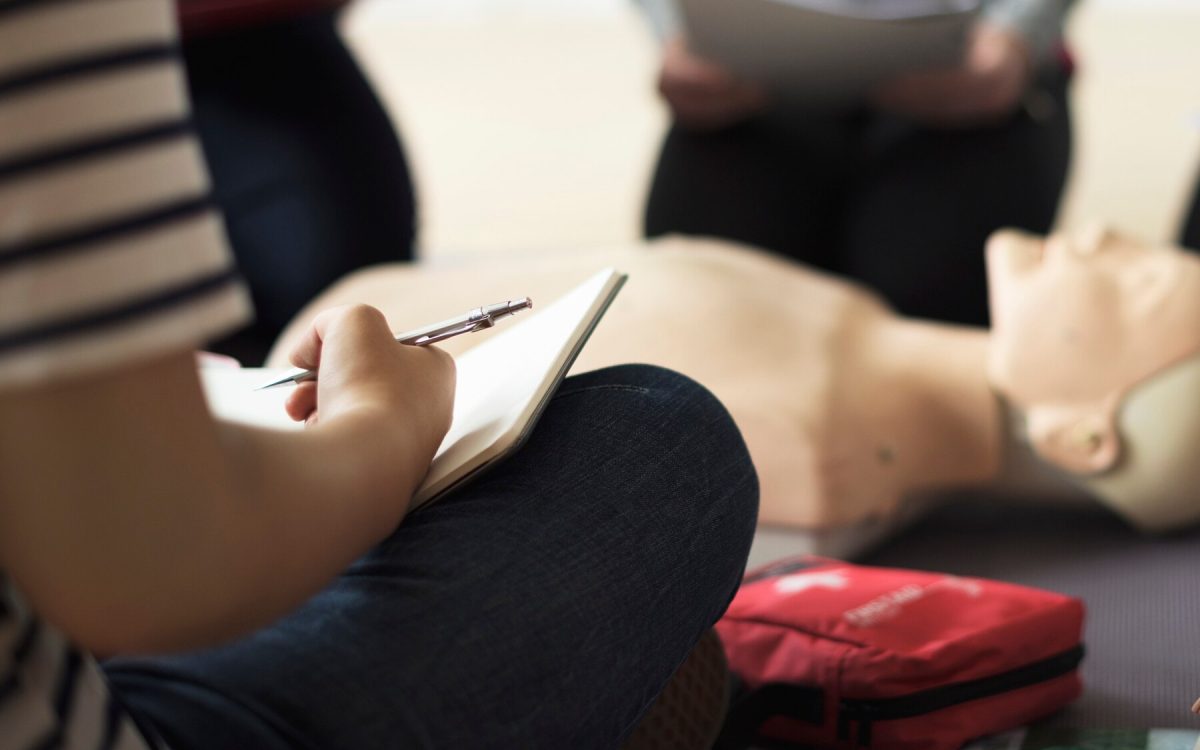



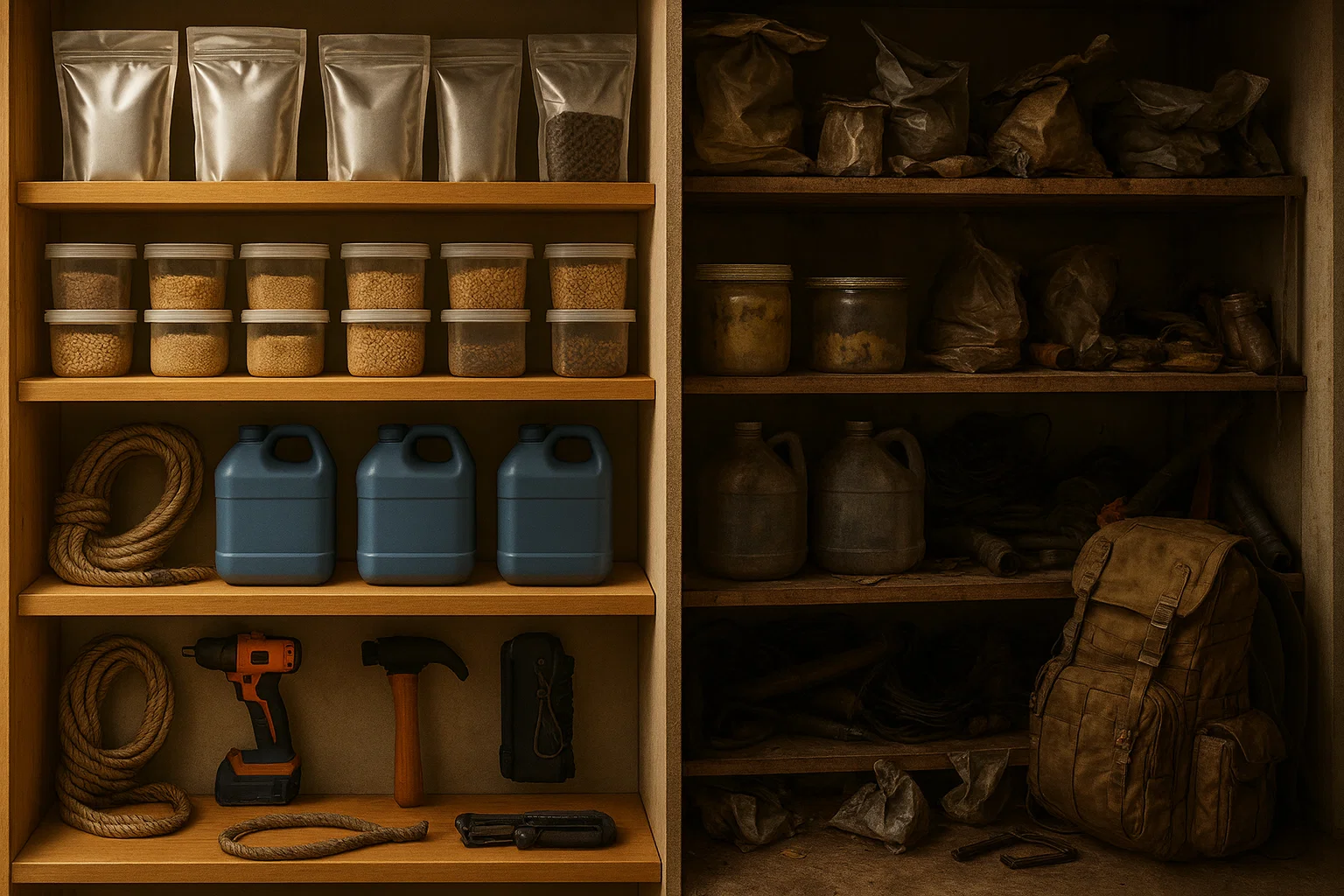

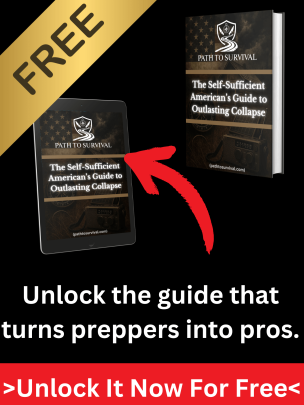

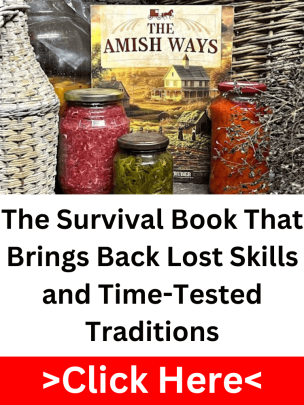
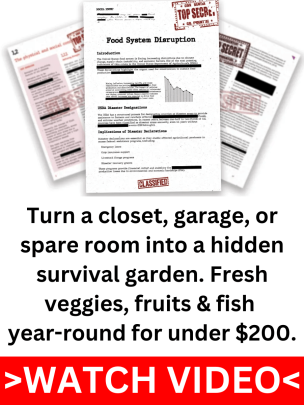








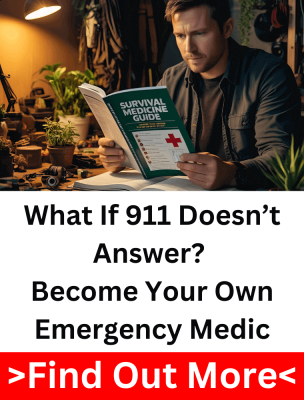



5 Comments
Your words have the power to change lives and I am grateful for the positive impact you have had on mine Thank you
This blog is like a breath of fresh air in the midst of all the negativity on the internet I’m grateful to have stumbled upon it
This blog is such a hidden gem I stumbled upon it by chance and now I’m completely hooked!
Wonderful article! Not only is the breakdown of essential first aid skills clear and short, but it is also quite useful. It is imperative that preparation be made in advance of any emergency, and this book offers fundamental information that should be known by all. I appreciate you providing this important information; everyone who is serious about survival and preparedness should absolutely read it!